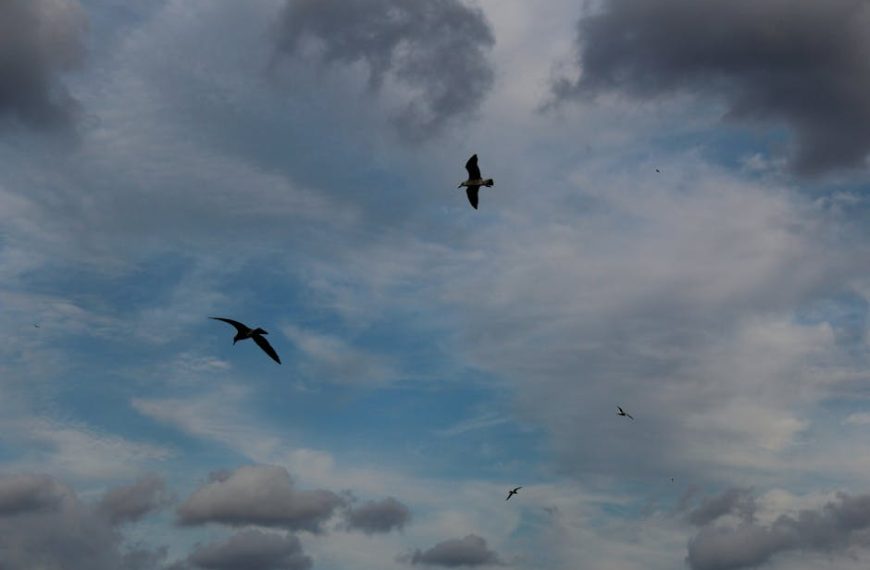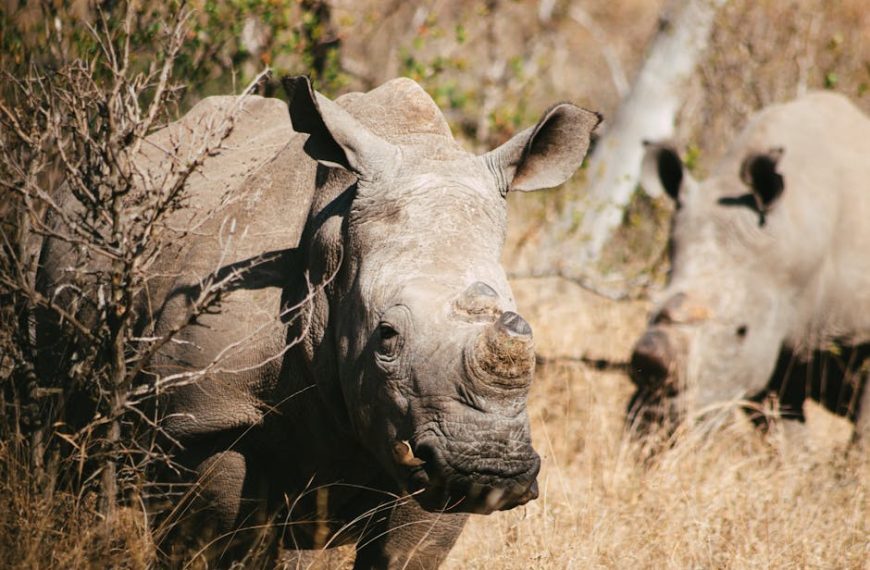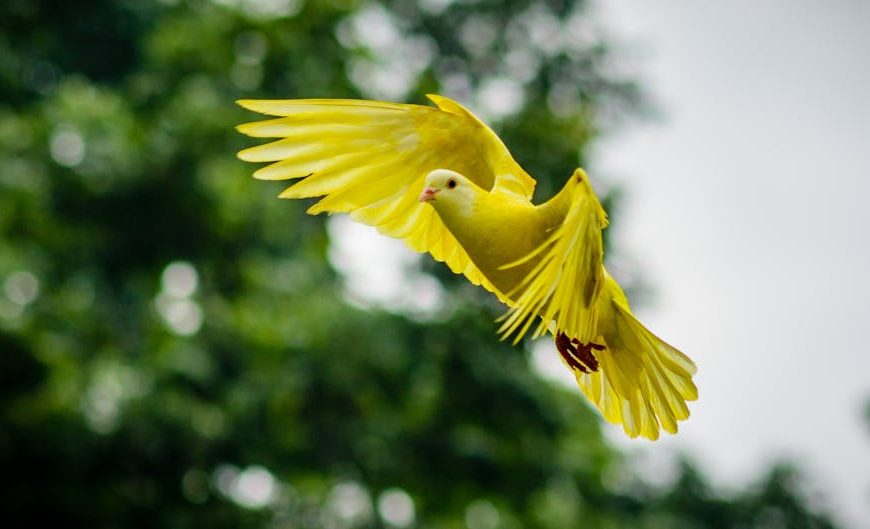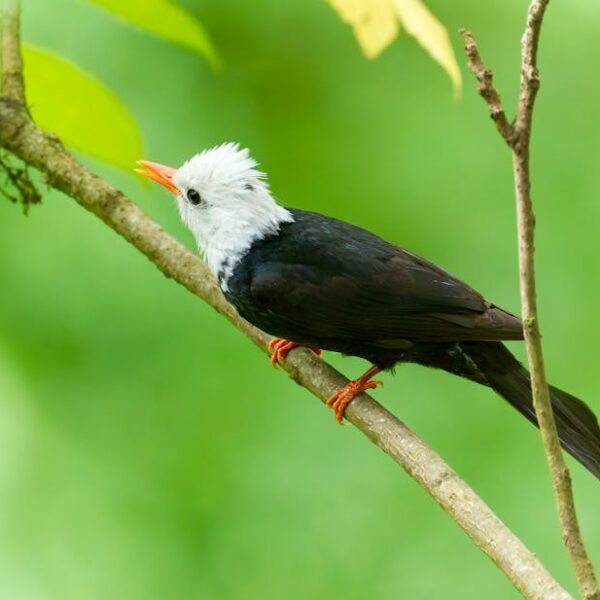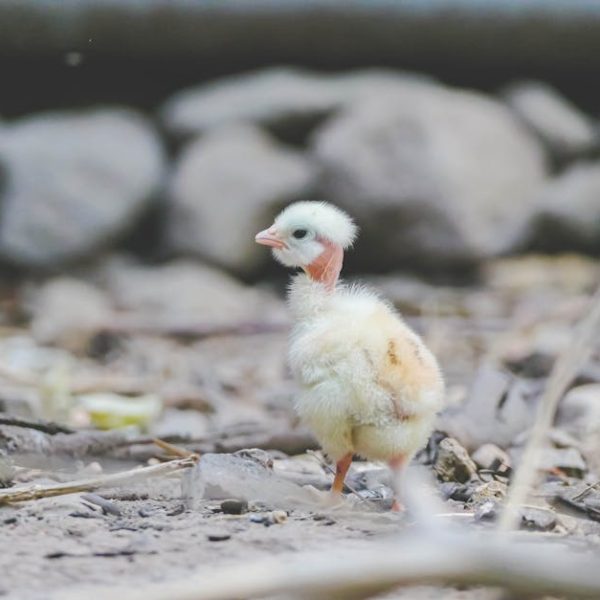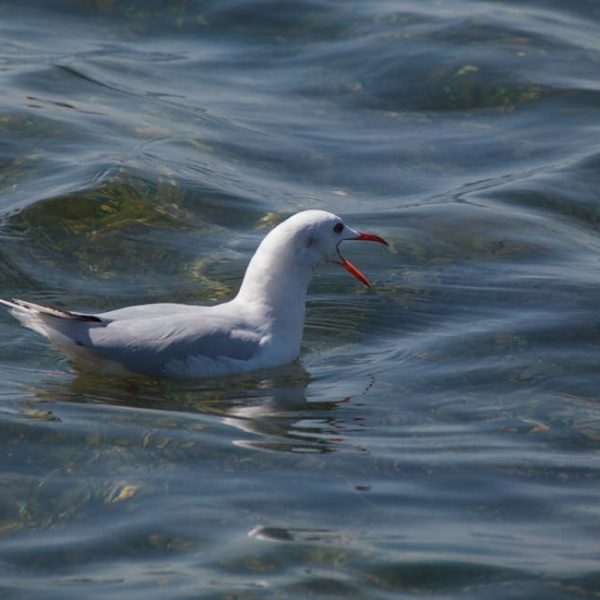The intriguing world of avian migration has fascinated scientists and bird enthusiasts for decades. Generally, birds migrate for reasons such as seeking food, finding a favorable climate, and availing optimal conditions for breeding. Essentially, birds migrate to increase their chances of survival and reproduction. This compelling survival strategy also significantly contributes to biodiversity maintenance and ecosystem balance.
Understanding Avian Migration in General
By nature, many bird species are migratory, moving between different regions in response to seasonal changes. This remarkable feat of endurance is influenced by various physiological and behavioral triggers. For instance, birds acquire necessary fat reserves to sustain their long journey which could be thousands of miles. Furthermore, changes in daylight durations serve as a cue for birds, signaling them to migrate.
Common reasons for bird migration include:
- Food availability: Birds migrate in search of areas with an abundance of food, typically insects, fruits, and plants.
- Favorable climate: Birds often move to warmer regions to escape harsh winter conditions.
- Mating and nesting: Many birds migrate to specific areas to mate and nest, providing safer environment for their offsprings.
Factors Influencing Birds to Stay
However, not all birds embark on these seasonal journeys. Several factors can influence a bird’s decision to stay put, essentially boiling down to risk versus reward assessment.
Key factors influencing birds to stay include:
- Ample food supply: If a region provides sufficient food round the year, birds may decide not to take the strenuous journey.
- Favorable climate: Some regions may not have drastic seasonal changes, allowing birds to stay all year round.
- Lack of predators: In areas where bird-specific predators are scarce, birds may choose to stay.
- Safe breeding conditions: If birds can reproduce successfully without migrating, they are likely to stay.
By understanding these factors, we can also contribute to supporting such bird populations. For instance, during harsh winters, bird-feeders can provide a vital source of nourishment when food resources are scarce.
Examples of Non-migratory Bird Species
Several bird species are known to be non-migratory, choosing to stay in the same area throughout the year. This includes species like the Downy Woodpecker, White-breasted Nuthatch, and the American Goldfinch in North American regions.
These birds adapt differently compared to migratory birds – their diet varies depending upon the seasonal availability of food, and their behavior modifies to brave the seasonal changes. For instance, non-migratory birds may fluff up their feathers to trap heat during winters, which is a behavior not often seen in migratory birds.
Stay tuned for the second part where we’ll discuss further about the impacts of birds choosing to stay and the role of climate change in bird migration patterns.
Impacts of Birds Choosing to Stay Instead of Migrating
When birds choose to stay in one place, it can have significant impacts on their ecosystem. On the plus side, these resident birds can help control local insect populations, and their droppings may contribute to nutrient cycling in the soil. However, if a large population of birds decides to stay in one area, it can result in overcrowding and increased competition for resources.
Non-migrating bird populations can impact the environment positively and negatively as listed below:
- Pro: Control local insect and pest populations
- Pro: Contribute to pollination and spreading of seeds
- Con: Increased competition for food during scarcity
- Con: Higher risk of disease transmission when the population becomes too dense.
To ensure a healthy balance, there are steps that we can take to minimize negative impacts:
- Keep bird feeding stations clean to prevent disease spread.
- Plant native plants that provide natural food sources for the birds.
- Create safe habitats for birds in your backyard like bird houses and water baths.
Role of Climate Change in Bird Migration Patterns
Over the past century, climate change has significantly affected bird migration patterns. Warmer winters have led some species to stay put instead of travelling south. Similarly, earlier springs affect the timing of food availability, influencing when birds start their migration.
Some notable changes observed due to climate change include:
- Shorter migration journeys: Warmer winters mean less need for birds to travel long distances for a suitable climate.
- Shifts in timing: Earlier springs can prompt birds to start breeding earlier.
- Changes in habitats: Rising temperatures can affect the plants and insects in a region, altering the birds’ natural habitat.
To combat climate change and protect bird habitats, we can:
- Practice sustainable living habits like reducing, reusing, and recycling.
- Support conservation organizations that work to protect bird habitats.
- Advocate for policies that reduce greenhouse gas emissions.
In conclusion, several factors influence a bird’s decision to migrate or stay, including food supply, climate, threats from predators, and reproductive needs. Though many birds migrate, several species do not, which can have varied impacts on local ecosystems. With the ongoing climate change, understanding these aspects of bird behavior and working towards sustainable solutions is crucial.
Key Takeaway:
- Birds typically migrate to enhance their chances of survival and reproduction, affecting biodiversity and ecosystem balance.
- Not all bird species migrate, and their decisions to stay could be influenced by factors such as sufficient food, favorable climate, lack of predators, and safe breeding conditions.
- Non-migratory birds like Downy Woodpecker, White-breasted Nuthatch, and American Goldfinch adapt their diets and behaviors based on seasonal changes.
- The non-migration of birds leads to a substantial impact on their ecosystem, such as controlling local insect populations and nutrient cycling, but also an increase in competition for resources and risk of disease transmission.
- Climate change plays a significant role in bird migration patterns, shortening migration distances, altering timings, and changing habitats.
With the curiosity and desire to understand bird migrations, we learn how nuanced nature is. Let’s respect and protect the natural order. If you notice birds choosing to stay in your local area, you can contribute to their survival by providing food during scarce times and creating a safe habitat in your backyard. Additionally, practicing sustainable habits can help mitigate climate change, significantly affecting bird migration patterns.
FAQs
Q: What happens to migratory birds if their usual migration path gets disrupted?
A: If migratory birds face a disruption in their usual migration path due to factors like habitat loss or climate change, they may have to expend extra energy finding a new route or adjusting to different habitats, which can increase their risk of not surviving the journey.
Q: How do birds know their migration routes?
A: Birds innately know their migration routes due to genetic predisposition, and they use a combination of the sun, stars, Earth’s magnetic field, and even landmarks to navigate these routes.
Q: Can a formerly migratory bird species become non-migratory?
A: In certain conditions, a formerly migratory bird species may evolve to become non-migratory, especially if suitable conditions for their survival and reproduction are met in one place.
Q: How does the migration of birds affect the human population?
A: Bird migrations can affect the human population in several ways, such as pest control as migratory birds often feed on pests. Their migration patterns also contribute valuable data for climate change studies.
Q: Is bird feeding during winter harmful?
A: Generally, bird feeding during winter is beneficial, providing an extra source of food when resources are scarce. However, it is essential to provide appropriate food types and maintain hygienic feeding stations to prevent disease transmission.
Doing something as simple as providing food and a safe place for the birds may pave the way for a more balanced ecosystem. Go ahead, share this article to spread awareness and explore our website for more enlightening content.


